Best Chainsaw Chaps 2025: Expert Reviews on Protective Gear
- February 15, 2024
- 0 comment
Discover the essential protective gear for chainsaw users in 2025 with our expert reviews on the best chainsaw chaps. Whether you’re a professional in forestry, a landscaper, or engaging in personal property maintenance, the right safety equipment is crucial to prevent injuries.
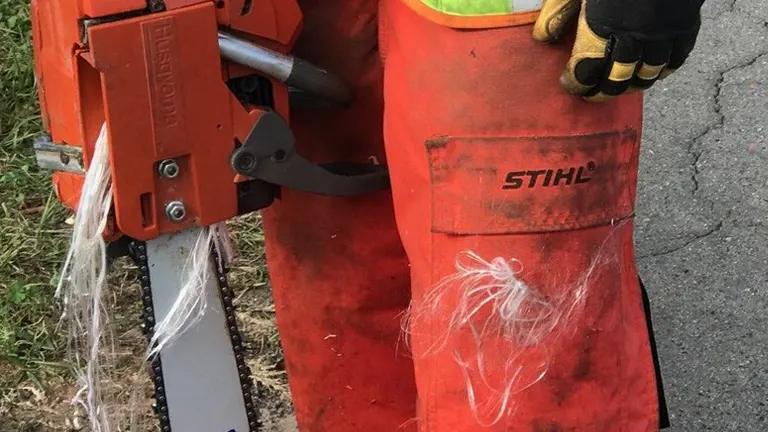
This comprehensive guide examines the latest offerings in chainsaw chaps, focusing on their features, safety standards, and comfort levels. From options that promise unparalleled durability for heavy-duty work to those balancing quality and affordability for casual use, we cover the top picks to ensure you make an informed decision. Dive into the details of each recommended product as we navigate through the essentials of chainsaw safety gear, helping you select the perfect pair of chaps for your needs in 2025.
List of the Best Chainsaw Chaps:
- Husqvarna Technical Apron Wrap Chap
- Stihl Pro Mark Apron Chaps
- Forester Chainsaw Safety Chaps
- Pfanner Gladiator Extreme Chainsaw Protection Pants
- LABONVILLE Premium Chainsaw Chaps
- Echo Chainsaw Chaps
Types of Chainsaw Chaps
When choosing chainsaw chaps, it’s important to pick the right type based on the coverage needed for your safety. Keep in mind, that these chaps are made for use with gas chainsaws, as they can’t stop the blades of electric chainsaws.
Type A Chainsaw Chaps (Apron-Style): These chaps cover only the front of your legs and should be worn over your pants. They’re best for when you’re using a chainsaw on the ground, offering basic protection.
Type C Chainsaw Chaps (Full-Wrap): Type C chaps provide full leg coverage and are meant to be worn as your outer layer, without needing pants underneath. This type is recommended for working at heights or in tricky positions, giving you the most protection.
1. Husqvarna Technical Apron Wrap Chap
The Husqvarna Technical Apron Wrap Chap is designed with safety and comfort in mind, featuring a PVC coated polyester shell and Tek warp protective layers. These chaps are compliant with ASTM F1897, ANSI Z133.1, and OSHA regulation 1910-266, ensuring they meet high safety standards. The design includes an adjustable waist up to 42 inches and a choice of overall lengths, accommodating a wide range of body sizes. The open-back design enhances ventilation, making them comfortable for prolonged use. Durability is bolstered by reinforced material around the lower legs, making them a sturdy choice for frequent chainsaw users.
Pros
- PVC coated polyester shell and Tek warp protective layers offer high safety compliance (ASTM F1897, ANSI Z133.1, OSHA 1910-266).
- Adjustable waist and variable lengths accommodate diverse body sizes.
- Open-back design enhances ventilation, improving comfort for prolonged use.
- Reinforced material around lower legs increases durability.
Cons
- Apron style doesn’t provide full leg coverage, potentially leaving parts of the legs unprotected.
- May not be as breathable as some lighter materials in very hot conditions.
2. Stihl Pro Mark Apron Chaps
The Stihl Pro Mark Apron Chaps stand out for their protective features, including layers of Engtex cut-retardant material that meet essential safety standards such as ASTM F1897, ANSI Z133.1, and OSHA 1910-266. The apron style is designed for easy wearability, with adjustable straps that ensure a comfortable and secure fit. These chaps prioritize freedom of movement and are constructed with water and oil-resistant fabric, extending their lifespan and maintaining their condition through regular use.
Pros
- Engtex cut-retardant material meets critical safety standards and offers excellent protection.
- Water and oil-resistant fabric enhances durability and maintenance ease.
- Adjustable straps ensure a comfortable, secure fit, promoting freedom of movement.
Cons
- Similar to other apron styles, does not offer full leg coverage.
- The material’s durability against extremely heavy use could be a concern over time.
3. Forester Chainsaw Safety Chaps
The Forester Chainsaw Safety Chaps offer a balance of quality protection and affordability, meeting ASTM F1897, OSHA 1910.266, and UL certification. They are available in various lengths and colors, ensuring a fit for different body types and preferences for high visibility. Designed for both professional and casual users, these chaps provide a protective layer through several layers of fabric, making them a popular choice for their reliability and cost-effectiveness.
Pros
- Balance of protection and affordability, with compliance to ASTM F1897, OSHA 1910.266, and UL certifications.
- Available in various lengths and colors for fit and visibility preferences.
- Designed for a wide range of users, from professionals to casual.
Cons
- While offering good protection, the materials may not be as high-end as more expensive counterparts.
- Color and fabric may fade or wear over time with extensive use.
4. Pfanner Gladiator Extreme Chainsaw Protection Pants
The Pfanner Gladiator Extreme Chainsaw Protection Pants provide comprehensive leg protection with high-resistance fabric and reinforced areas, designed to meet European and North American safety standards. Unlike traditional chaps, these pants offer all-day comfort and mobility with features like stretch air fabric and waterproof knees. The use of Gladiator fabric ensures exceptional durability and resistance to tear and abrasion, making them ideal for heavy-duty work environments.
Pros
- Offers comprehensive leg protection with high-resistance fabric and reinforced areas.
- Stretch air fabric and waterproof knees provide all-day comfort and mobility.
- Exceptional durability and resistance to tear and abrasion.
Cons
- As full pants, they can be warmer than chaps, potentially uncomfortable in hot weather.
- Higher price point due to the advanced features and materials.
5. LABONVILLE Premium Chainsaw Chaps
The LABONVILLE Premium Chainsaw Chaps are made in the USA and feature a 5-ply Kevlar polyester blend for superior cut resistance. They comply with ASTM F1897, ANSI Z133.1, OSHA 1910-266, and are UL certified, offering a high level of protection. The design focuses on ease of movement and includes an adjustable fit, making them suitable for extended use without compromising comfort. These chaps are designed to withstand demanding work conditions, making them a durable choice for professionals.
Pros
- 5-ply Kevlar polyester blend ensures superior cut resistance and protection.
- Adjustable fit and focus on ease of movement make them suitable for extended use.
- High durability is designed to withstand demanding work conditions.
Cons
- The robust protection can make the chaps heavier and less breathable compared to lighter options.
- Premium materials and construction reflect in a higher cost.
6. Echo Chainsaw Chaps
The Echo Chainsaw Chaps provide effective protection with cut-retardant material, suitable for both homeowners and professionals. They meet key safety standards and are designed for lightweight wearability, featuring adjustable belts and leg straps for a customizable fit. These chaps are versatile, offering a good level of protection and comfort for a wide range of chainsaw activities.
Pros
- Lightweight design with adjustable belts and leg straps for a customizable and comfortable fit.
- Cut-retardant material meets essential safety standards, suitable for a broad range of activities.
- Versatility for use by both homeowners and professionals.
Cons
- May not offer the same level of durability and protection as more premium models.
- Like other apron-style chaps, they don’t provide complete leg coverage.
How We Chose the Best Chainsaw Chaps
In our quest to identify the best chainsaw chaps available, we meticulously evaluated a multitude of factors critical to ensuring maximum safety, comfort, and durability for the user. Central to our selection process was adherence to safety standards, including ASTM F1897, ANSI Z133.1, and OSHA 1910-266, to guarantee the products offered effective protection against chainsaw hazards. We scrutinized the quality and protective capabilities of materials used, prioritizing chaps made from resilient fabrics like Kevlar and polyester blends that promise superior cut resistance.
Design and coverage were also key considerations, distinguishing between Type A (apron-style) and Type C (full-wrap) chaps to cater to different operational needs and preferences. Comfort and adjustability were evaluated to ensure a secure and non-restrictive fit, enhancing the wearer’s mobility and ease of use. Durability, user reviews, expert opinions, brand reputation, and warranty policies further informed our choices, ensuring we recommended chaps that stand up to rigorous use while providing the necessary protection. This holistic approach enabled us to recommend the best chainsaw chaps, balancing safety, functionality, and user satisfaction.
Understanding Chainsaw Chaps: Material, Safety, and Selection Guide
Chainsaw chaps are a critical component of safety gear for anyone using a chainsaw, offering protection through layers of specialized materials. Here’s a breakdown of what you need to know about chainsaw chaps from material composition to safety standards, machine compatibility, styles, and additional features:
- Material Construction of Chainsaw Chaps: Chainsaw chaps are engineered with a focus on safety and durability. The outermost layer is typically made from a tough polyester denier, featuring a polyvinyl chloride (PVC) coating for added resistance against oil, water, and environmental hazards. Should a chainsaw blade penetrate this outer layer, it encounters a second layer composed of dense fibers such as ballistic nylon or Kevlar. This design is strategic; upon contact, these fibers are designed to unravel rapidly, clogging the chainsaw’s chain and effectively bringing it to a halt. This intricate layering system may be further bolstered in some models by additional protective layers, enhancing the chaps’ ability to prevent the chain from reaching the operator’s skin.
- Safety Standards for Optimal Protection: The effectiveness of chainsaw chaps is quantified through fabric class ratings ranging from 0 to 3, correlating to the maximum chain speed the chaps can withstand. Class 0 is rated for chainsaws with speeds up to 16 meters per second (m/s), class 1 up to 20 m/s, class 2 for speeds up to 24 m/s, and class 3 for the highest protection against chainsaws operating at speeds up to 28 m/s. It’s crucial to match the chaps’ class rating with your chainsaw’s maximum speed to ensure adequate protection. Additionally, chaps should comply with Underwriter Laboratories (UL) and Occupational Safety and Health Administration (OSHA) regulations, affirming their protective capabilities.
- Machine Compatibility Concerns: A notable limitation of chainsaw chaps is their incompatibility with electric chainsaws. The protective mechanism of chaps, which relies on the material clogging the chain to stop the saw, is designed with gas-powered chainsaws in mind. Electric chainsaws, which operate on an electric motor and lack a clutch mechanism, do not respond to this safety feature in the same way, rendering standard chaps ineffective in such scenarios.
- Choosing Between Apron and Wraparound Chaps: The selection between apron-style and wraparound chainsaw chaps hinges on the specific needs of the user. Apron-style chaps provide front-leg protection and are suited for less intensive, ground-level chainsaw operations. They offer a balance of protection while allowing for greater mobility. Conversely, wraparound chaps offer full leg coverage, recommended for users engaging in more demanding tasks or operating in potentially hazardous positions. Though offering enhanced protection, wraparound chaps are generally heavier and may lead to increased heat discomfort during use.
- Features for Enhanced Usability and Safety: Beyond their protective layers, chainsaw chaps often include features designed to improve the user experience. Resistance to oil, water, and fuel is a common property, helping to keep the chaps clean and functional. Many chaps also feature pockets for convenient storage of tools and accessories. Visibility is another consideration, with many chaps available in bright colors to ensure the wearer stands out, particularly when working in a team environment.
- Size and Comfort Considerations: The fit of chainsaw chaps is crucial for both safety and comfort. Most chaps are designed with adjustable waistbands to accommodate a range of body sizes, typically stretching from 28 inches up to 42 inches. The inclusion of waist and leg straps allows the user to adjust the chaps for a snug yet comfortable fit, ensuring they can be worn over clothing and adapted to various weather conditions. It’s important for chaps to fit loosely enough to allow full range of motion, facilitating safe and efficient chainsaw operation.
Overall Conclusion
Chainsaw chaps are an indispensable safety accessory for anyone using a chainsaw, offering a crucial layer of protection against potential injuries. With materials designed to resist and stop chainsaw blades, compliance with rigorous safety standards, and features aimed at enhancing usability and comfort, the right pair of chaps can significantly reduce the risk of severe injuries. Whether you opt for apron-style for ground work or full-wrap for comprehensive protection, the key is to choose chaps that match the specific needs of your chainsaw tasks, taking into account the saw’s power, the environment you’ll be working in, and the chaps’ compatibility with your chainsaw model. Remember, while chainsaw chaps provide substantial protection, they are part of a broader set of safety measures that should include proper chainsaw handling techniques, protective footwear, gloves, and eye and ear protection.
FAQs
- Can chainsaw chaps stop every chainsaw?
While chainsaw chaps offer significant protection, their effectiveness can vary based on the speed and type of chainsaw. They are most effective with gas-powered chainsaws and may not provide the same level of protection against electric chainsaws due to differences in how electric motors function. - How often should I replace my chainsaw chaps?
There’s no set timeline for replacing chainsaw chaps, but it’s crucial to inspect them regularly for signs of wear, damage, or exposure to the elements that could compromise their protective qualities. After any incident where the chaps prevent an injury, they should be replaced, as their protective materials may be compromised. - Are chainsaw chaps comfortable to wear in hot weather?
While chainsaw chaps are designed with breathable materials to improve comfort, they can still be warm, especially in hot weather. Choosing chaps with a lighter weight and breathable fabric can help, but it’s also wise to plan chainsaw work during cooler parts of the day or in cooler seasons when possible. - Can I wear chainsaw chaps over shorts?
While technically possible, it’s highly recommended to wear chainsaw chaps over long pants. This ensures an additional layer of protection between the chaps and your skin, minimizing the risk of injury from saw penetration or other hazards. - Do chainsaw chaps provide protection against other tools?
Chainsaw chaps are specifically designed to protect against chainsaw injuries and may not offer the same level of protection against other tools or machinery. Their protective mechanism is tailored to the action of a chainsaw blade and may not be effective against other types of cuts or punctures.
We hope this guide has armed you with valuable insights into selecting and utilizing chainsaw chaps for your safety. Your thoughts and experiences are incredibly important to us and the broader community. If you have tips, stories, or questions about chainsaw chaps, please don’t hesitate to share them in the comments below. Let’s keep the conversation going and help each other stay safe while enjoying the work we do. Happy sawing, and remember, your safety is our top priority!

David Murray
Forestry AuthorI'm David Murry, a forestry equipment specialist with a focus on chainsaw operation. With over 13 years of experience, I've honed my skills in operating and maintaining a wide range of machinery, from chainsaws to log splitters. My passion for the outdoors and commitment to sustainable forestry drive my work, which emphasizes safety, efficiency, and staying updated with industry advancements. Additionally, I'm dedicated to sharing my expertise and promoting environmental awareness within the forestry community.

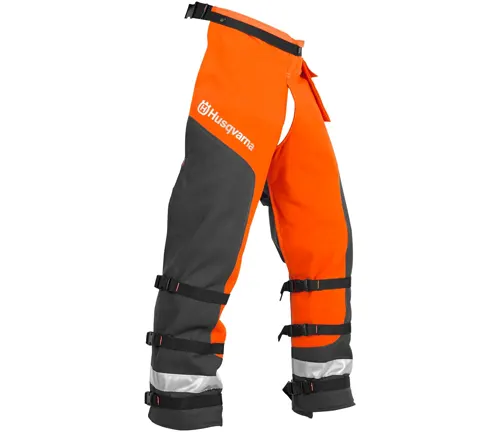
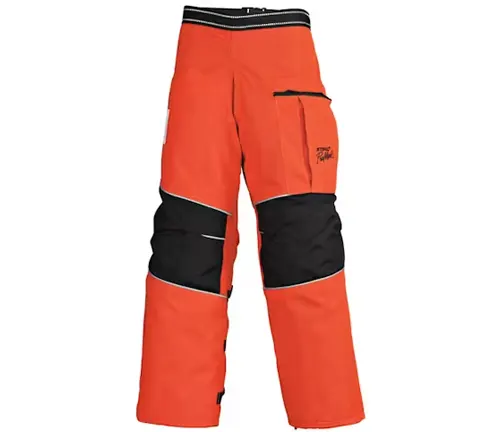
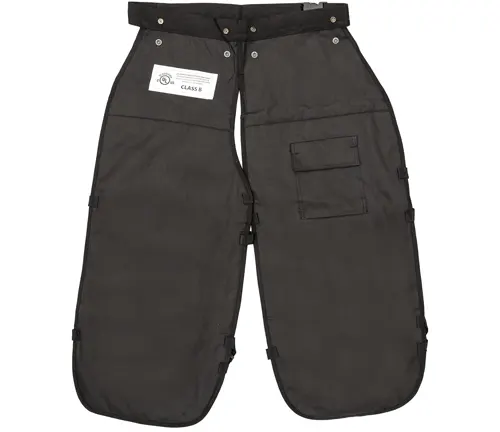
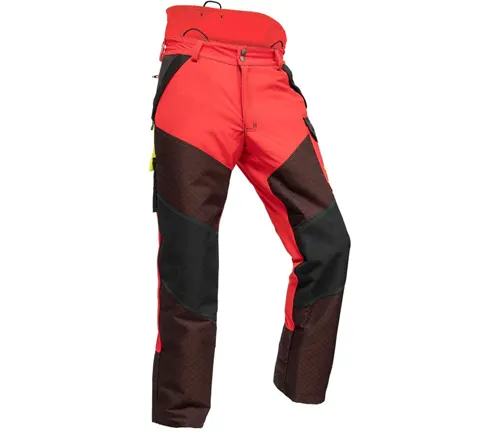

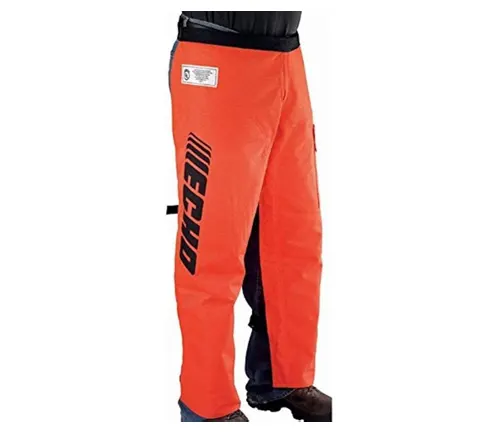


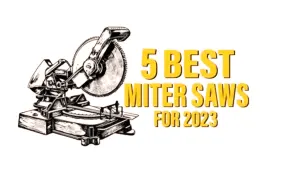









Leave your comment